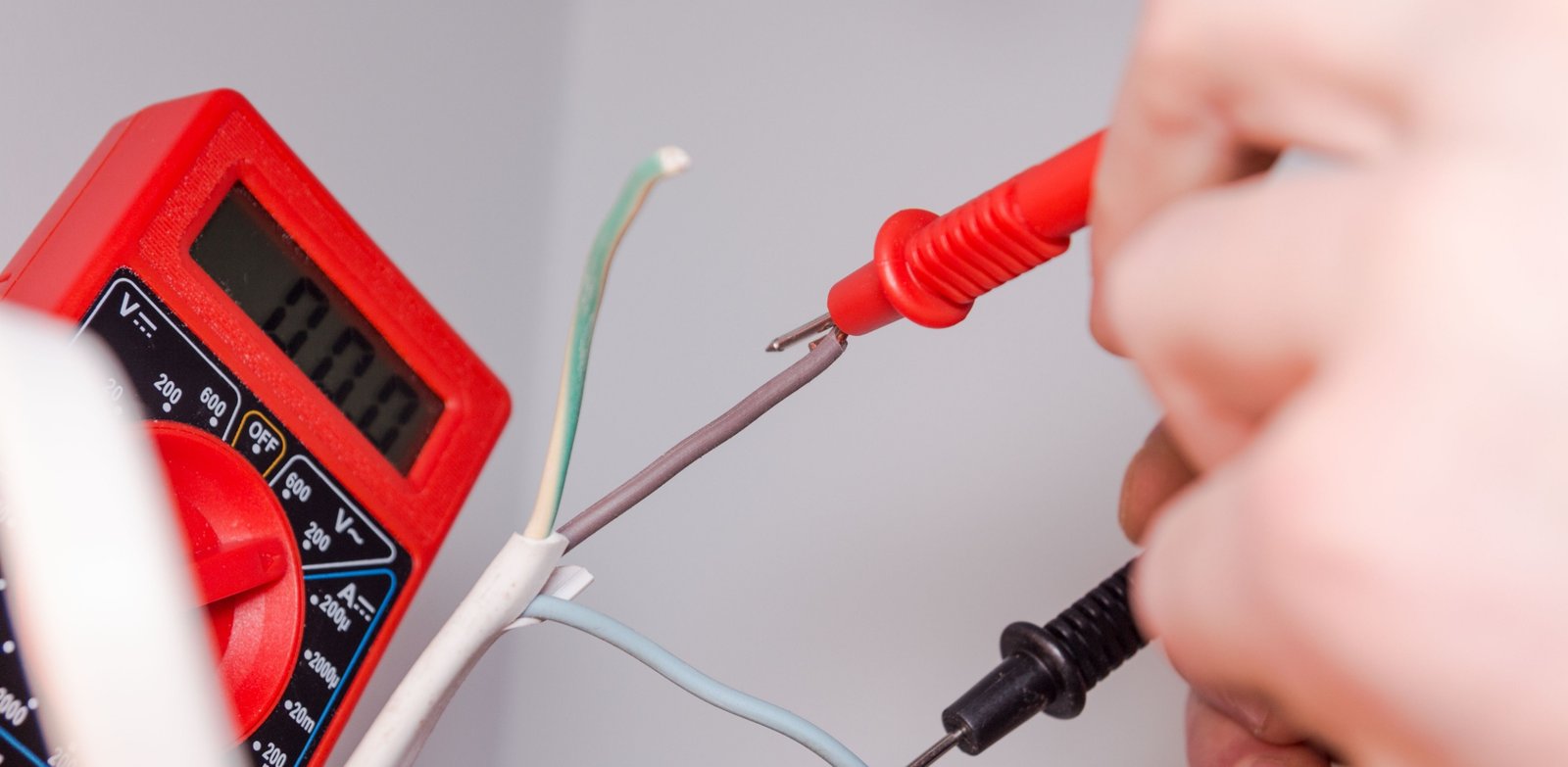No products in the cart.
Have you ever wondered how often should PAT testing be done in your workplace? Ensuring the safety of electrical appliances is crucial, yet many are unsure about the appropriate frequency for Portable Appliance Testing (PAT). Therefore, this blog will explore the factors influencing PAT testing intervals, providing clarity and guidance for maintaining a safe environment.
What is PAT (Portable Appliance) Testing?
PAT testing involves the examination of electrical appliances and equipment to ensure they are safe to use. It includes a series of visual inspections and electronic tests to check the functionality and safety of electrical devices. Therefore, PAT testing is critical in preventing electrical accidents, which can lead to injuries or even fatalities. So, by regularly testing appliances, businesses can ensure compliance with safety standards and reduce the risk of electrical hazards.

Factors Determining How Often Should PAT Testing Be Done
The frequency of PAT testing is not a one-size-fits-all scenario. Instead, several factors influence how often it should be conducted:
- Type of Equipment: Different appliances have varying levels of risk. For instance, handheld devices are more prone to damage than stationary equipment, necessitating more frequent testing.
- Environment: The setting in which the equipment is used significantly impacts the testing frequency. Thus, appliances in harsh environments, like construction sites, require more regular testing compared to those in an office.
- Usage: Frequently used equipment is subject to more wear and tear, thus needing more regular checks.
- Manufacturer’s Recommendations: Always consider the testing intervals suggested by the equipment’s manufacturer.
Recommended Portable Appliance Testing Intervals
While there is no legal requirement dictating specific PAT testing intervals, guidelines provide a useful framework:
- Office Equipment: Equipment like computers and printers should be tested every 2 to 4 years. However, a visual inspection should be conducted more frequently.
- Industrial Equipment: Tools and machinery used in industrial settings should undergo testing every 6 months to 1 year due to their high-risk nature.
- Construction Sites: Given the rugged environment, equipment on construction sites should be tested every 3 months.
Importance of Regular Portable Appliance Testing
Regular PAT testing is essential for several reasons, such as:
- Safety: The primary aim is to ensure the safety of employees and prevent accidents caused by faulty electrical appliances.
- Compliance: Adhering to portable appliance testing guidelines helps businesses comply with health and safety regulations.
- Cost-Effectiveness: Identifying and addressing issues early can prevent costly repairs or replacements in the future.
Conducting Portable Appliance Testing: DIY or Professional?
When considering how often should PAT testing be done, it’s also important to decide whether to perform the testing in-house or hire professionals.
DIY Testing
- Pros: Cost-effective, especially for small businesses with limited equipment.
- Cons: Requires training and investment in testing equipment.
Professional Testing
- Pros: Ensures thorough testing by certified professionals, reducing the risk of oversight.
- Cons: More expensive than DIY testing.
Steps to Implement a Portable Appliance Testing Schedule

Creating an effective PAT testing schedule involves several steps:
- Inventory: List all electrical appliances in use.
- Risk Assessment: Evaluate the risk associated with each appliance based on type, environment, and usage.
- Schedule: Develop a testing schedule based on the risk assessment.
- Documentation: Keep detailed records of all tests conducted, including dates and results.
Consequences of Infrequent Testing
Neglecting to perform PAT testing regularly can lead to several risks:
- Increased Risk of Accidents: Faulty electrical equipment can cause fires, electric shocks, or other accidents, endangering lives and property.
- Legal Repercussions: Failing to comply with legal requirements can result in fines or legal action against the business.
- Damage to Reputation: Accidents caused by neglected testing can harm a company’s reputation, affecting customer trust and employee morale.
Best Practices for Portable Appliance Testing
To ensure effective portable appliance testing, consider the following best practices:
- Create a Testing Schedule: Develop a regular testing schedule based on the type of equipment, usage, and environment.
- Keep Detailed Records: Maintain records of all tests conducted, including dates, results, and any corrective actions taken.
- Hire Qualified Professionals: Ensure that testing is conducted by qualified personnel who understand the technical aspects of PAT testing.
- Stay Updated with Regulations: Regularly review and update testing procedures to comply with the latest legal requirements and industry standards.
Conclusion
Understanding how often should PAT testing be done is vital for maintaining a safe and compliant workplace. So, by considering the type of equipment, environment, and usage, businesses can develop an effective PAT testing schedule. Whether opting for DIY testing or hiring professionals, the key is to ensure regular checks and maintain thorough records. Prioritising portable appliance testing not only enhances safety but also contributes to the overall efficiency and reliability of your workplace’s electrical systems.





